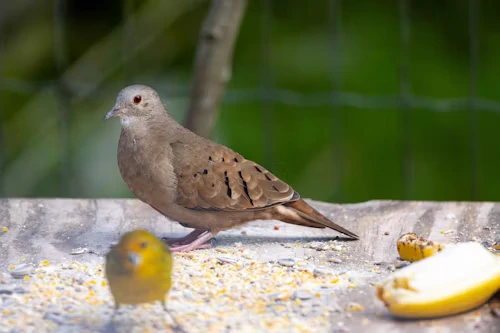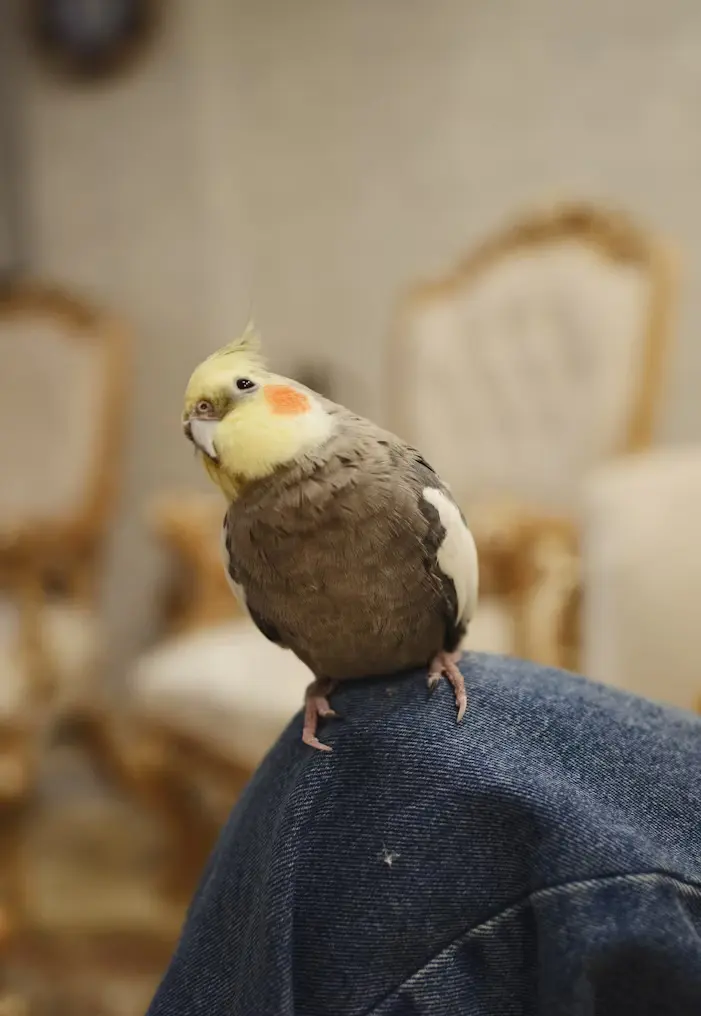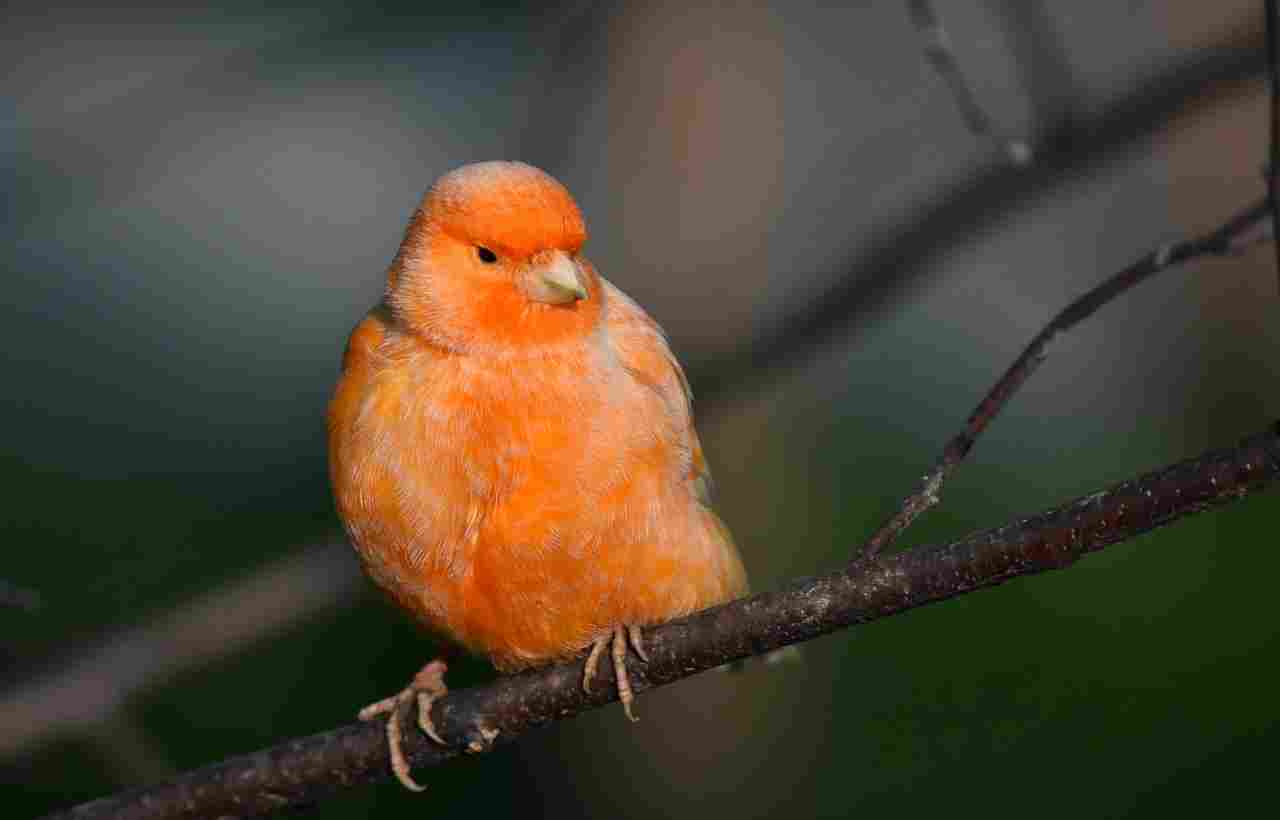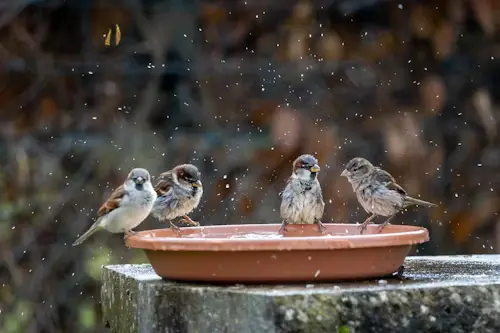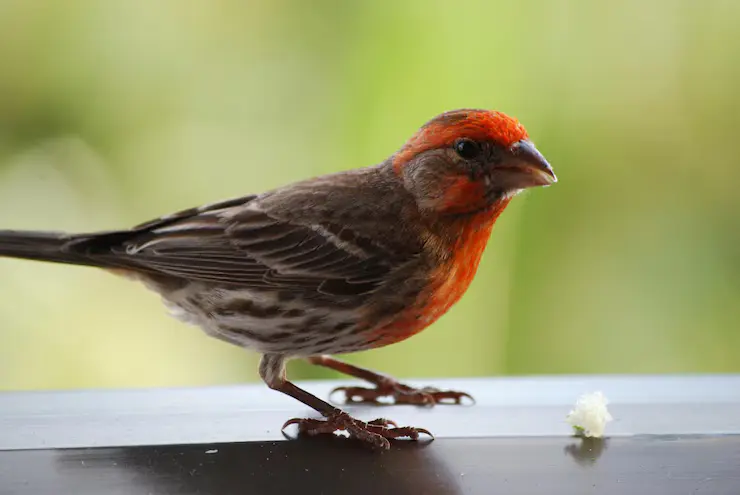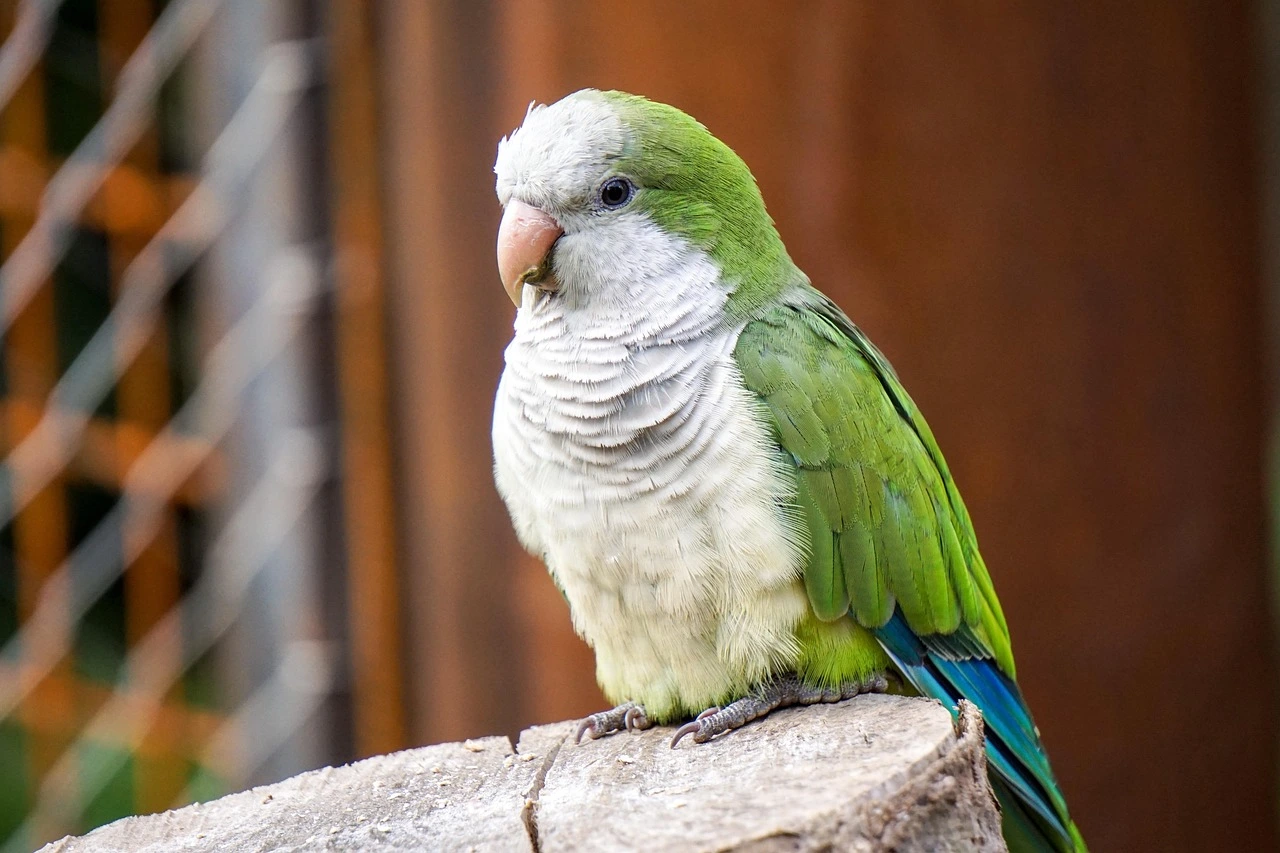Finch Bird Eggs: Best Steps for Successful and Happy Breeding
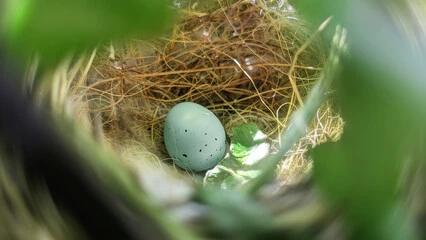
Remember that spring morning when I spotted a tiny, cup-shaped nest hidden in my porch wreath? Inside lay four delicate blue eggs – my first intimate encounter with Finch Bird Eggs. That moment sparked a fascination with these miniature marvels of nature. Whether you’re a backyard birdwatcher or a finch owner, understanding their eggs unlocks the secret rhythm of finch life – from courtship rituals to vulnerable hatchlings. Let’s explore everything about those fragile shells holding life!
Table of Contents
Decoding the Finch Breeding Calendar (When Those Eggs Arrive)
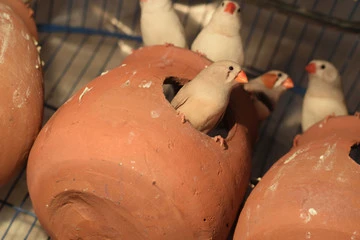
Your finches don’t follow a strict human calendar. Their finch breeding season is a dance of light, temperature, and food abundance. Most species, like popular House Finches or Zebra Finches, kick into high gear in spring and early summer (March-August in most regions). Longer daylight hours trigger hormonal surges, signaling it’s time to pair up! Providing abundant high-quality food during this period, like Nyjer seed from the best finch bird feeders, ensures they have the energy for the demanding work ahead. Factors influencing timing include:
- Location: Southern regions often start earlier than northern ones.
- Species: Gouldian Finches boom after monsoons; Society Finches breed year-round in captivity.
- Weather: A late cold snap can delay nesting. Abundant rain means more seeds = better conditions.
Recognizing Nesting Behavior (The Prelude to Eggs)
Before eggs arrive, watch for these signs:
- Increased activity: Constant flight gathering nesting materials like grass, feathers, and twigs.
- Males Singing Loudly: Territorial songs from rooftops or perches attract mates and warn rivals.
- Scouting Sites: Investigating nooks in vines, cavities, porch lights – even your wreath! They prefer sheltered, elevated spots.
Choosing the Right Nest Location: Wild vs. Captivity
| Location Type | Wild Finch Preferences | Captive Finch Setup |
|---|---|---|
| Site Examples | Trees, shrubs, cacti, building ledges, hanging wreaths | Nest boxes or woven baskets secured inside the cage |
| Ideal Features | Sheltered, 5-15 ft high, near food/water source | Quiet corner, protected from drafts/cage traffic |
| Material Support | N/A | Provide coconut fiber, pet-safe moss, soft grasses |
For pet finches, a spacious aviary is crucial. Discover tips for choosing the perfect bird cage to support their natural behaviors.
Inside the Nest: From Egg Laying to Hatching
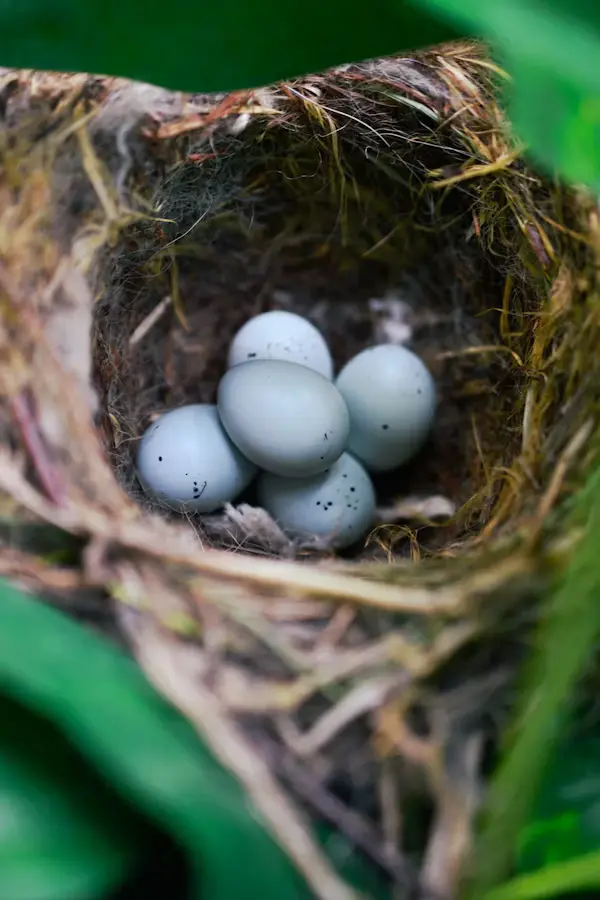
You’ve spotted the nest! Now what? Understanding the journey inside helps you appreciate their resilience.
The Egg-Laying Process: Tiny Treasures Appearing Daily
- Female finches lay one egg per day, typically in the early morning.
- Clutch sizes vary: House Finches: 2-6 eggs; Zebra Finches: 2-8 eggs. It’s not uncommon to find that elusive six-egg nest mentioned by scientists.
- Incubation starts after the last egg is laid so all chicks hatch together! She’ll spend ~14 days (average) keeping them warm. Learn more about the incredible “finch breeding season” intricacies.
What Do Finch Eggs Look Like? Nature’s Tiny Palette!
- Color: Pale blue (most common!), white, cream, or greenish-blue.
- Markings: House Finch Bird eggs feature subtle lavender/black speckles. Others might be plain.
- Size: Tiny! About the size of a jellybean (0.6-0.8 inches long).
The Critical Role of Incubation (Keeping Life Warm)
Successful finch Bird egg incubation depends on consistent warmth and humidity. Key aspects:
- Temperature: Maintained at ~99.5°F (37.5°C) under the brooding parent. Fluctuations risk embryo death.
- Turning: Parents gently roll eggs multiple times daily – vital for healthy development.
- Timeline: Most finch species hatch within 12-16 days. Mark your calendar if you know the laying date!
Warning: Resist checking nests frequently! Human scent causes some Finch birds to abandon eggs. Observe patiently from a distance.
When Eggs Face Trouble: Cowbirds, Infertility & Health Risks
Not every egg guarantees a chick. Understanding risks empowers your care.
The Unwanted Guest: The Cowbird Egg Dilemma
Brown-headed Cowbirds are “brood parasites.” They add a larger, spotted egg to a finch nest. Why finches? Cowbird chicks often hatch faster and demand more food, crowding out finch chicks. It’s devastating. Should you remove it? This sparks heated debate:
Against Removal: Federal laws protect native birds (including cowbirds!) and their eggs. Tampering risks hefty fines.
Scientific Insight: House Finches are uniquely ill-equipped for cowbird chicks. Unlike warblers feeding everyone, finches often can’t nourish the larger cowbird hatchling. Surprisingly, one Reddit user noted “house finches are actually the absolute worst birds for a cowbird to lay an egg in.”Proactive Protection: Focus on deterring cowbirds through selective feeders less accessible to larger birds. Monitoring nests early helps spot unfamiliar eggs before incubation starts. Stories like seeing a nest with “four light blue House Finch eggs, plus one larger… heavily covered in brown streaks” highlight this challenge.
Other Common Egg Challenges
- Unfertilized (“Dud”) Eggs: Common in pet finches without males, older hens, or poor health. Chronic laying stresses the bones and organs – proactive vet care is crucial. As Lafeber’s noted, “Female finches are going to lay eggs sometimes… But if she does this too often, it can eventually kill her.”
- Infertile Eggs: Happen with inexperienced pairs or weak sperm. Candling (shining light through the egg) reveals development after 5-7 days.
- Egg Binding: A life-threatening condition where an egg gets stuck. Signs include straining, fluffed feathers tail-pumping. Requires IMMEDIATE avian vet care.
Ensuring Healthy Hatch: Preventing Trouble
- Nutritious Diet: Supply calcium (cuttlebone), protein (egg food), vitamins.
- Clean, Quiet Environment: Reduce stress that impacts laying hormone cycles.
- Nest Security: Protect nests from predators like cats, snakes, squirrels.
Nurturing Finch Eggs & Chicks: A Guide for Dedicated Owners
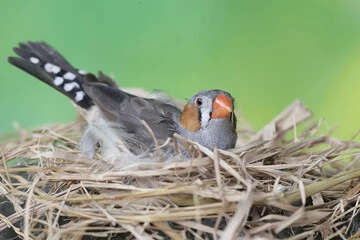
Whether wild nest watcher or pet finch parent, meticulous finch egg care is paramount.
Guidelines for Wild Finch Nests
- Observe Distantly: Use binoculars. Avoid lingering; parent Finch birds might flee.
- Never Touch Eggs/Nests: Beside risking abandonment, doing so violates migratory Finch bird laws.
- Protect & Provide: Keep feeders stocked & cats indoors.
Detailed Care Calendar for Pet Finch Breeders
Here’s what to expect and do when breeding pet finches:
| Stage | Timeline After Laying | Action Required | Factors Impacting Success |
|---|---|---|---|
| Incubation | Days 1-13 | Ensure minimal disturbances, monitor temp/humidity. Offer high-protein egg food and seeds. | Stable environment; hen’s health |
| Hatching | Days 12-16 | Watch for pip cracks & chick emergence. Don’t interfere! Chicks hatch weak & featherless (“altricial”). | Embryo strength; egg humidity |
| Nestling Care | Days 1-18 | Parents feed crop milk/seeds hourly. Ensure fresh soft food always available. Add chick grit. Resist peeking excessively! | Parental attentiveness; diet |
| Fledging | ~Day 18-21 | Chicks jump/fly from nest onto cage floors! Continue parental feeding. Ensure cage predators cannot enter. | Muscle development; cage safety |
Important for Pets: If you suspect problems (parents ignoring eggs/chicks, cold eggs left uncovered), consult an avian veterinarian immediately. Don’t attempt DIY incubation without expertise!
Frequently Asked Questions About Finch Bird Eggs
Q1: How many eggs do finches typically lay?
Finches like Zebras or Societies lay clutches of 2-8 eggs, laying one per day. House Finches commonly see 2-6 blue speckled eggs per brood.
Q2: Why is there a large brown-spotted egg in my finches’ nest?
This is almost certainly a Cowbird egg. Cowbirds lay eggs in other Finch birds’ nests. Removing it poses legal risks; focus instead on deterring cowbirds from future access to your space and ensuring your finch parents get adequate nutrition.
Q3: My pet finch bird laid eggs but there’s no male! Will they hatch?
Unfertilized eggs won’t hatch. Chronic egg laying (a female habit sometimes occurring even without mates) poses a significant health danger via calcium depletion. Consult a veterinarian for calcium supplementation or hormone treatments options.
Q4: Should I candle a finch bird egg at home to check for life?
Extreme Care Required: If absolutely necessary, use faint LED light only briefly once after 5 days in a dark room and avoid cooling the egg quickly. Improper candling kills the embryo. Always consult a breeder or avian vet before attempting.
Q5: What’s the incubation period for finch bird eggs?
Typically 12-16 days depending on species. Temperature and humidity control under parental care make consistent incubation vital. Artificial incubation requires precision equipment used by experienced breeders.
From Shell to Flight: Embracing the Circle of Life
Witnessing finches nurture eggs into fledglings leaves you profoundly humble. Those fragile Finch Bird Eggs signify resilience – each one representing parental effort and environmental harmony. Whether fostered safely in captivity or admired discreetly in a backyard wreath, honoring this cycle protects these birds for future generations.
Have unique observations or dilemmas about finch nesting? Installed the perfect finch bird feeder attracting nesting pairs? Share your experiences below! Helping each other understand is key to supporting the beautiful magic!

